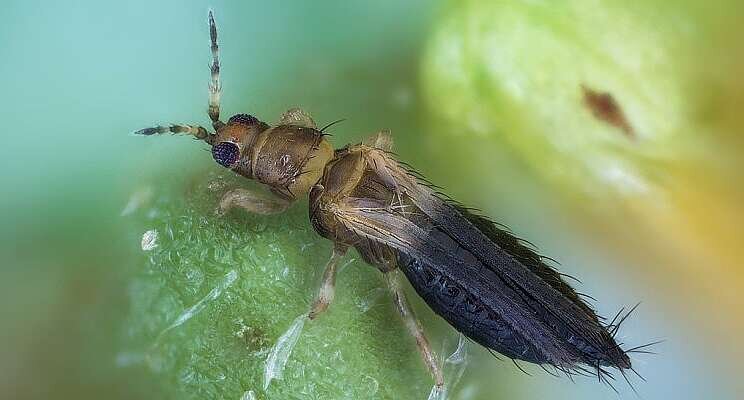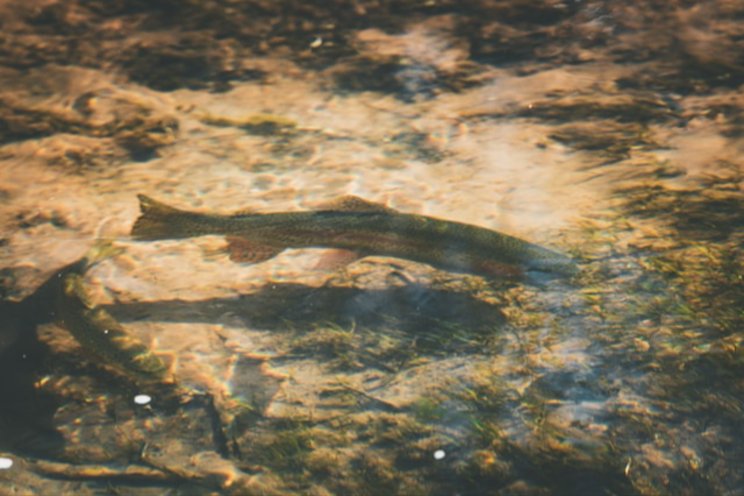Most effective bio control strategy against new thrips species
Added on 11 October 2022

Growers invest more and more in research on biological pest control for several reasons: to reduce the impact of chemical pesticides on the environment and human health, but also because there are fewer chemical pesticides available on the market and their efficacy decreases over time with the development of thrips resistance.
WUR is doing research on biological control of four thrips species in three ornamental crops: Thrips setosus in lilies, Thrips parvispinus and Chaetanaphothrips orchidii in anthurium and Dichromothrips corbetti in Phalaenopsis. The research started in the laboratory by testing the predation capacity of different natural enemies (mites, insects, spiders) on the four thrips species. The natural enemies with the highest predation capacity were then selected to be tested in 4 greenhouse trials at the Business Unit location in Bleiswijk. So far, 9 species have been tested in the greenhouse: 5 mite species (Amblyseius swirskii, Transeius montdorensis, Neoseiulus cucumeris, Macrocheles robustulus and Stratiolaelaps scimitus), 3 insect species (Chrysoperla carnea, Dalotia coriaria and Orius laevigatus) and one spider species (Erigone dentipalpis).
The most conclusive results were observed with O. laevigatus, T. montdorensis and N. cucumeris against D. corbetti in Phalaenopsis: each one of these 3 natural enemies eradicated the thrips from the plants in a few weeks only. These natural enemies can also be used in combination: O. laevigatus can be used in a curative strategy (introduced only when the first thrips are detected in the crop) while T. montdorensis or N. cucumeris can be used in a preventive strategy (introduced regularly before the thrips are detected).
Continue reading.
Courtesy of Wageningen
Source: Wageningen University & Research
More news















